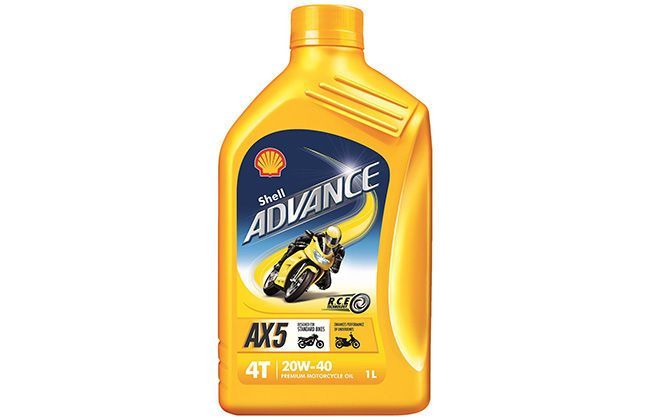Brake Fluid: Understand it better!
Modified On Nov, 2024 By Akshit Juneja
- 2695 Views
- Write a comment
Brake fluid/hydraulic fluid is an integral part of a vehicle’s braking system. Every time you press the brake, it's the brake fluid that gets the job done for you. So, taking proper care of the whole braking system, especially the brake fluid is one of the most important maintenance and safety factors in the upkeep of any vehicle.

There are three basic types of brake fluid- DOT3, DOT4 and DOT5. The DOT here stands for Department of Transportation, which has fixed mandatory regulations concerning the acceptable specifications for brake fluid to be used in vehicles. DOT rating is given to a particular brake fluid on the basis of its resistance to the effects of heat and moisture. While DOT3 and DOT4 are glycol-based fluids, the top-notch DOT5 is silicon-based and the main difference between them is that DOT 5 is water repellant.
DOT5 -
Silicon fluid is non-hygroscopic, that means it repels moisture, which helps in reducing the chances of corrosion, irrespective of its age. Except occasional check-up and re-filling, this is very less problematic fluid.
DOT 3 & 4-
These are the economical and most commonly used brake fluid. Unlike the DOT 5, this type of fuel id highly hygroscopic and absorbs moisture very easily. Its majority constituents absorb a given amount of moisture in a certain amount of time, which ultimately decides the service or replacement duration for them. In between DOT 3 & DOT 4, the aforementioned has a better life.
One of the most important aspects of a brake fluid is its boiling point. A hydraulic braking system depends on the incompressible characteristic of a fluid, though they are generally incompressible but in case of increased temperature, boiling many occur and becomes a gas. This forces the liquid most of its ability to transmit force and result into partially or completely failure of brakes.
